A new asteroid that orbits the Sun in just 113 days was recently discovered in twilight images.
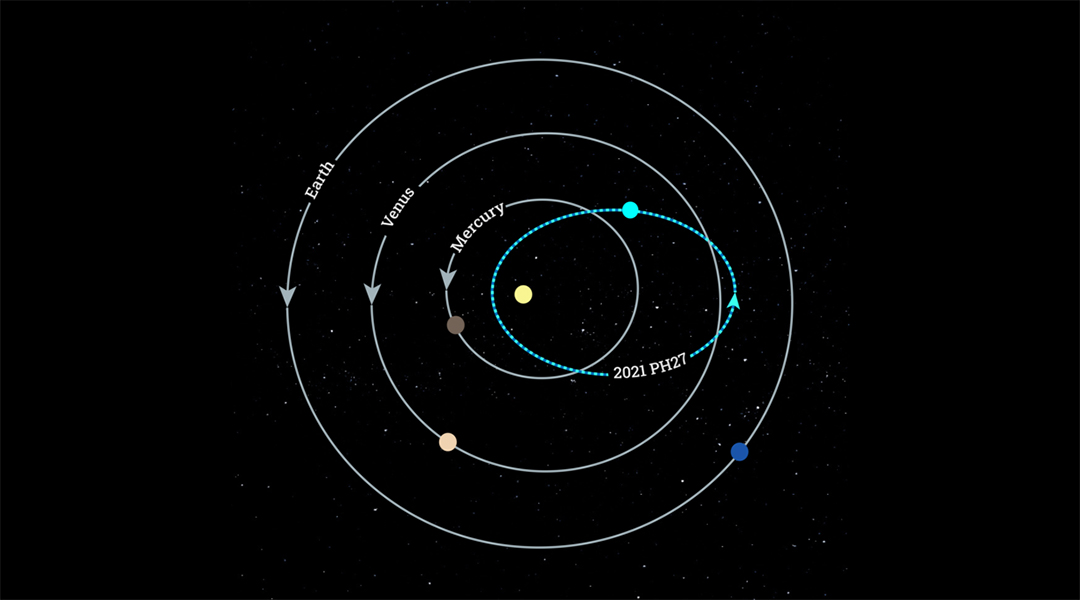


A new asteroid that orbits the Sun in just 113 days was recently discovered in twilight images.

DNA damage by radiation is a concern for space travelers. New experiments on the ISS show that CRISPR gene editing tools can function in space and can potentially be used to mitigate these effects.
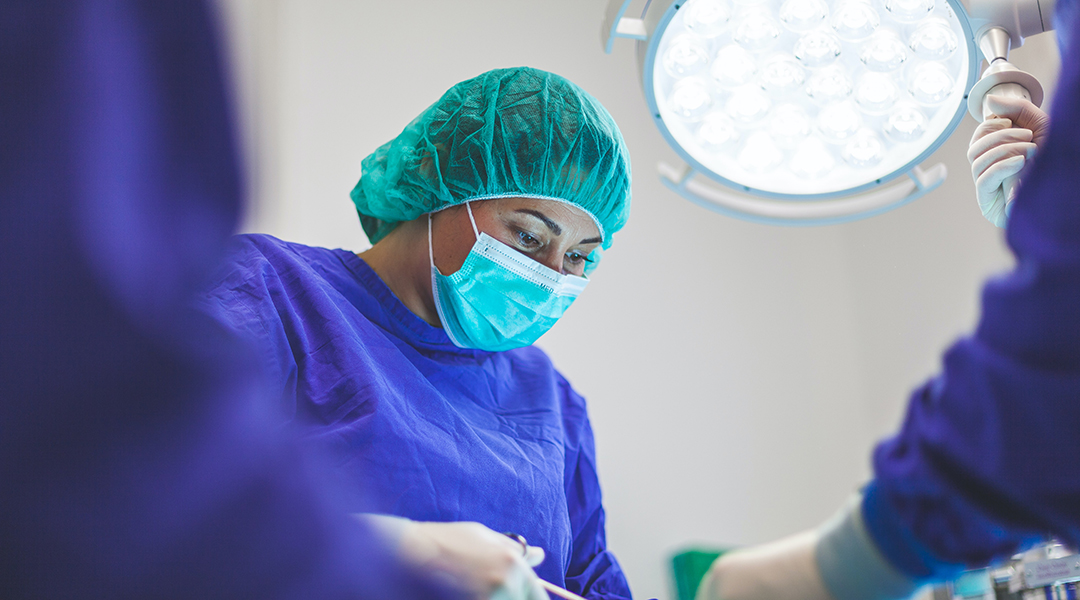
Recent advances in urinary stents have made treating blockages better and safer for patients.
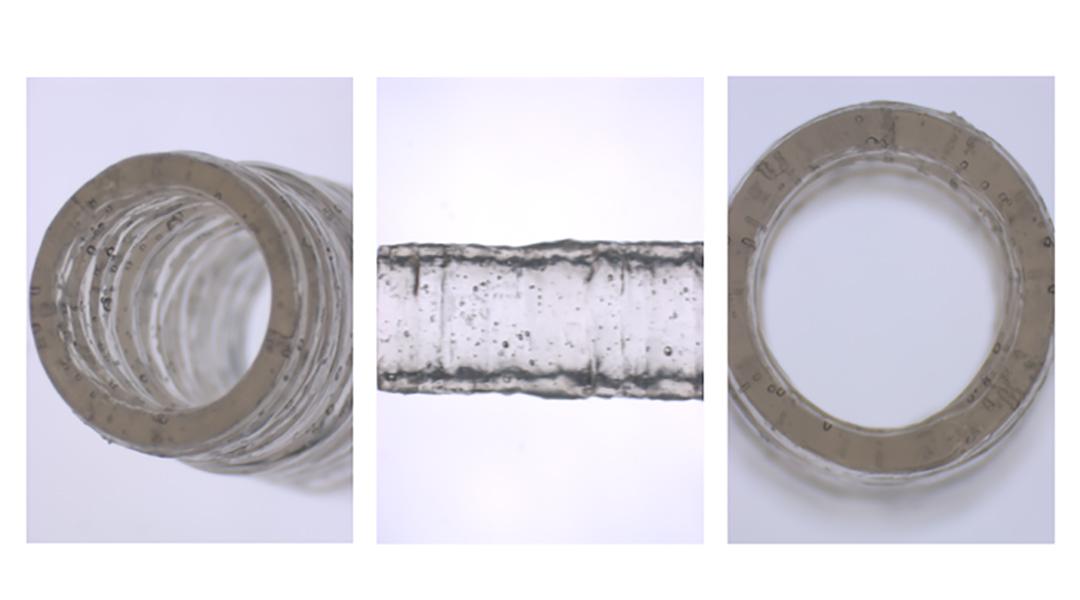
A new nanoengineered bioink allows scientists to print 3D, anatomically accurate, multicellular blood vessels.
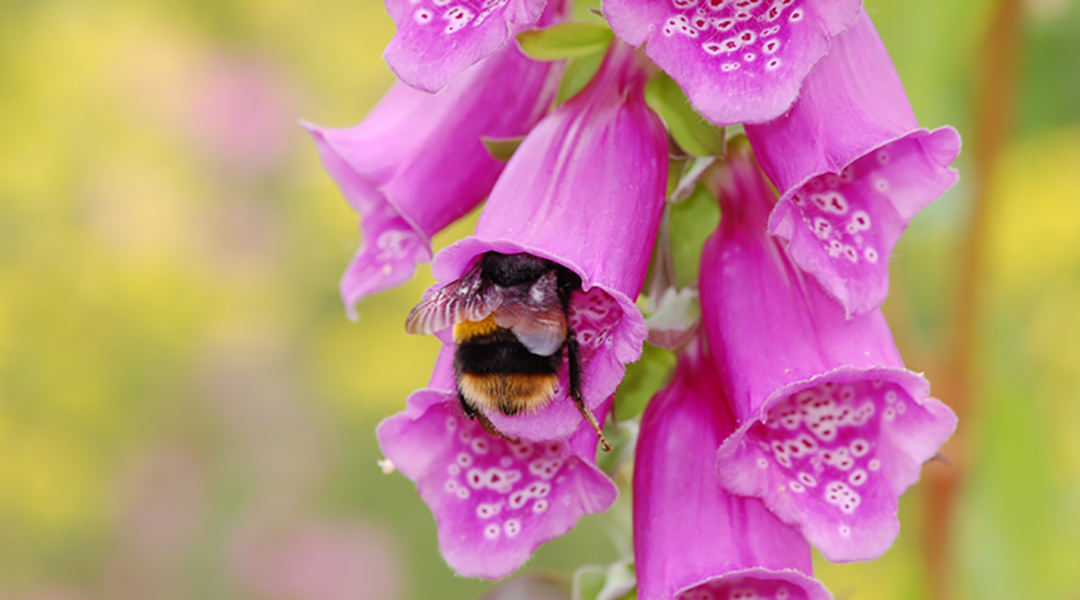
The tool lets researchers, farmers, policymakers, and other interested parties test different land management techniques to find out which ones and where could be most beneficial for bees.
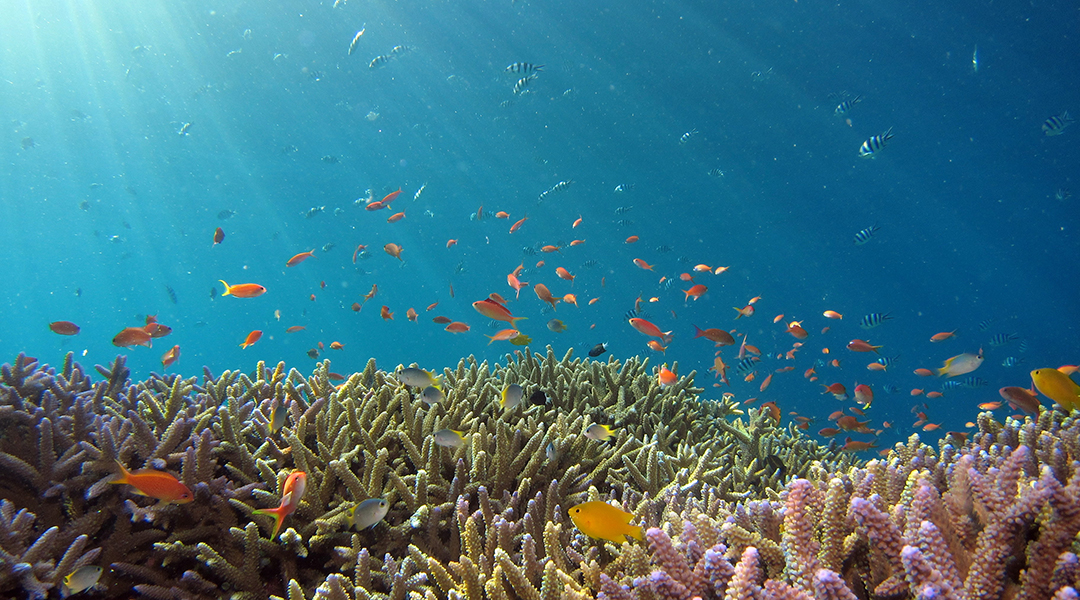
While extreme heat from climate change caused bleaching among the less disturbed coral reefs, those located in more populated and polluted waters adapted.
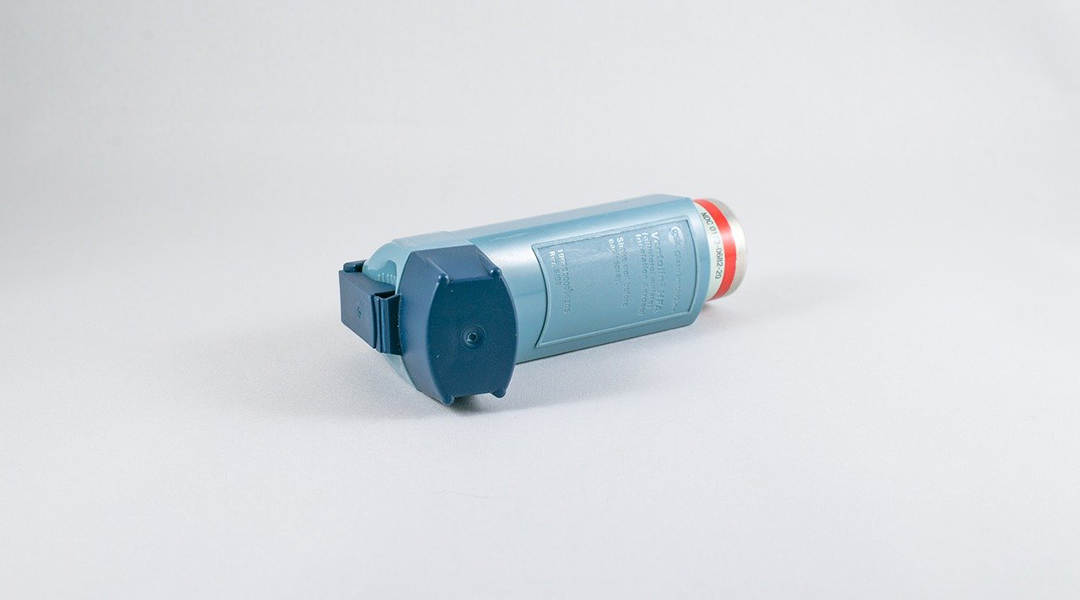
A new technology designed to target allergic asthma could provide more efficient means of delivery and treatment straight to the source of inflammation.

Major climate change effects are irreversible, though there is still a small window of time to mitigate the worst.

New membrane inspired from bamboo allows researchers to create new 2D material for better ion transport in batteries.
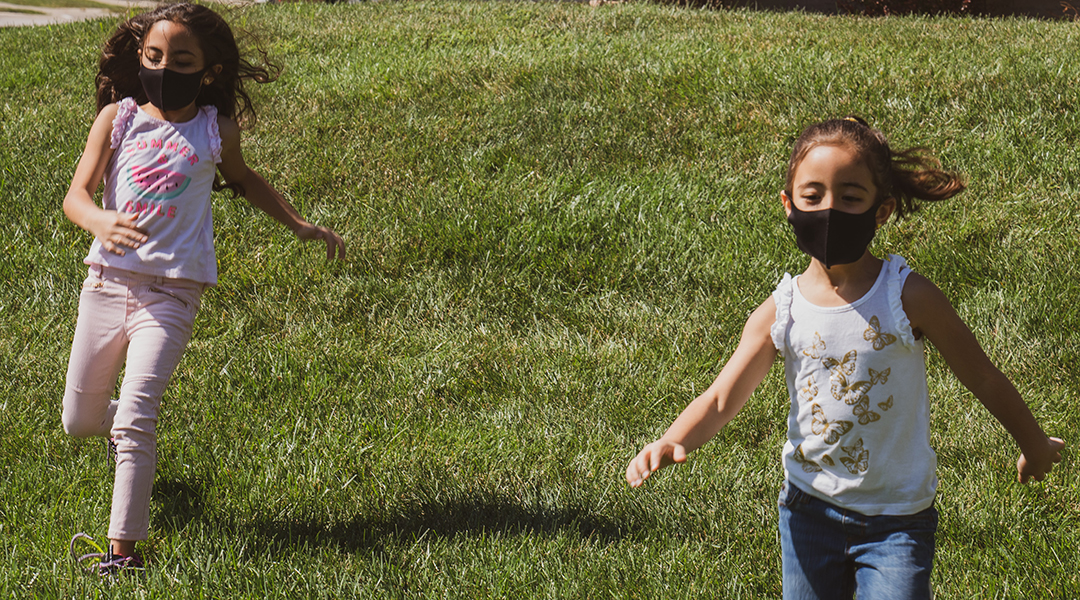
Data reported through a smartphone app provides the first detailed description of COVID-19 in symptomatic school-aged children.